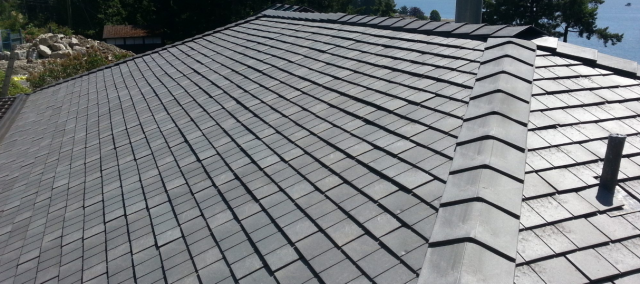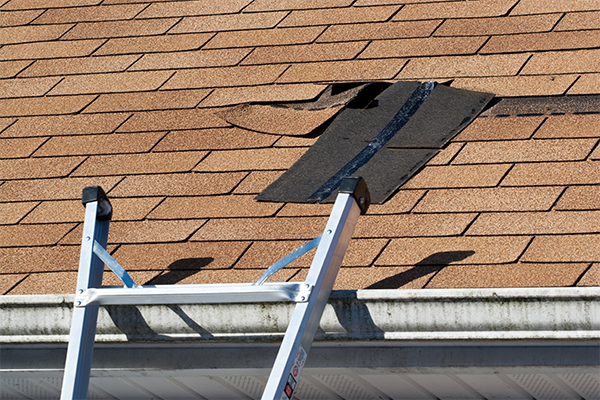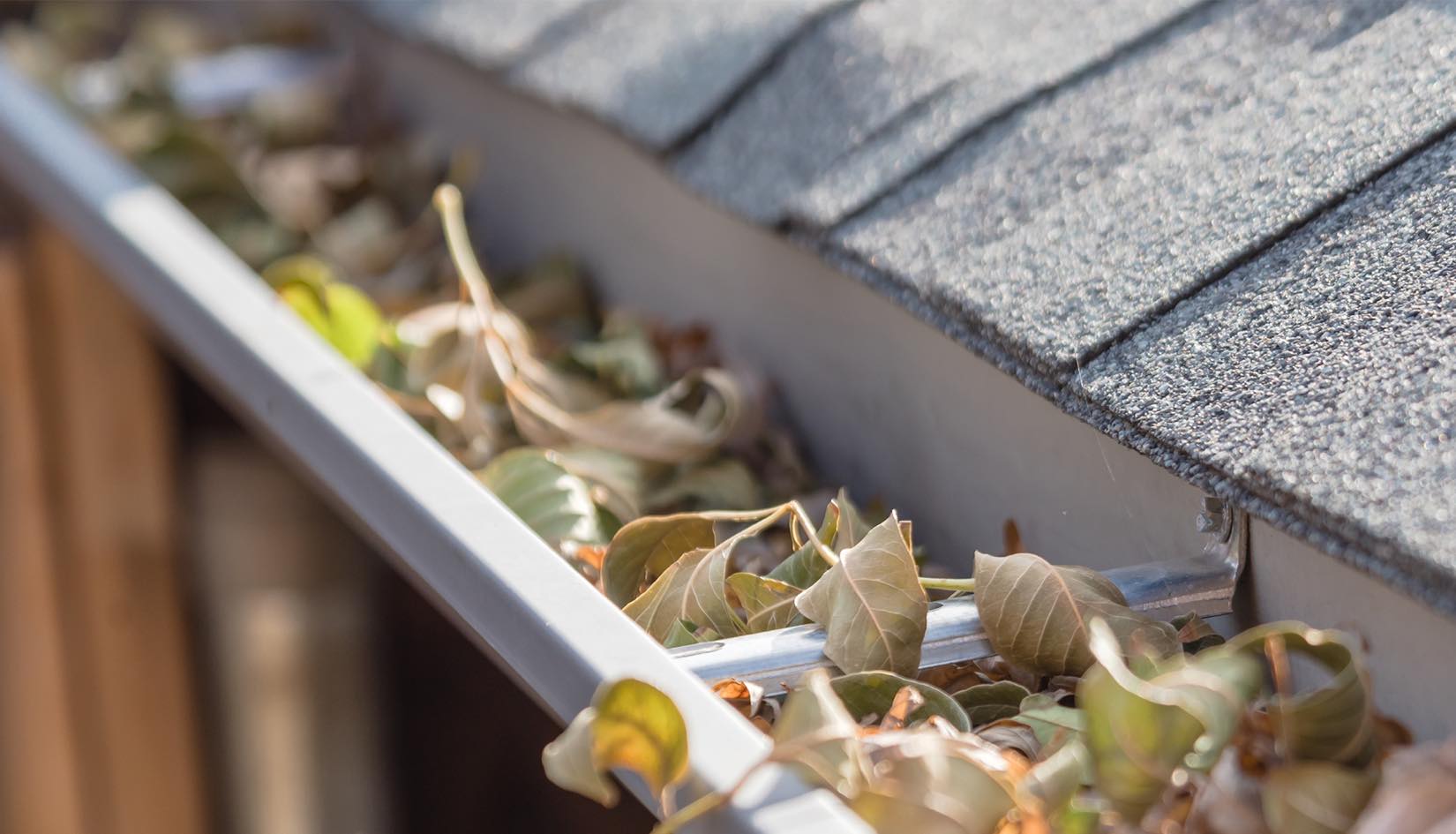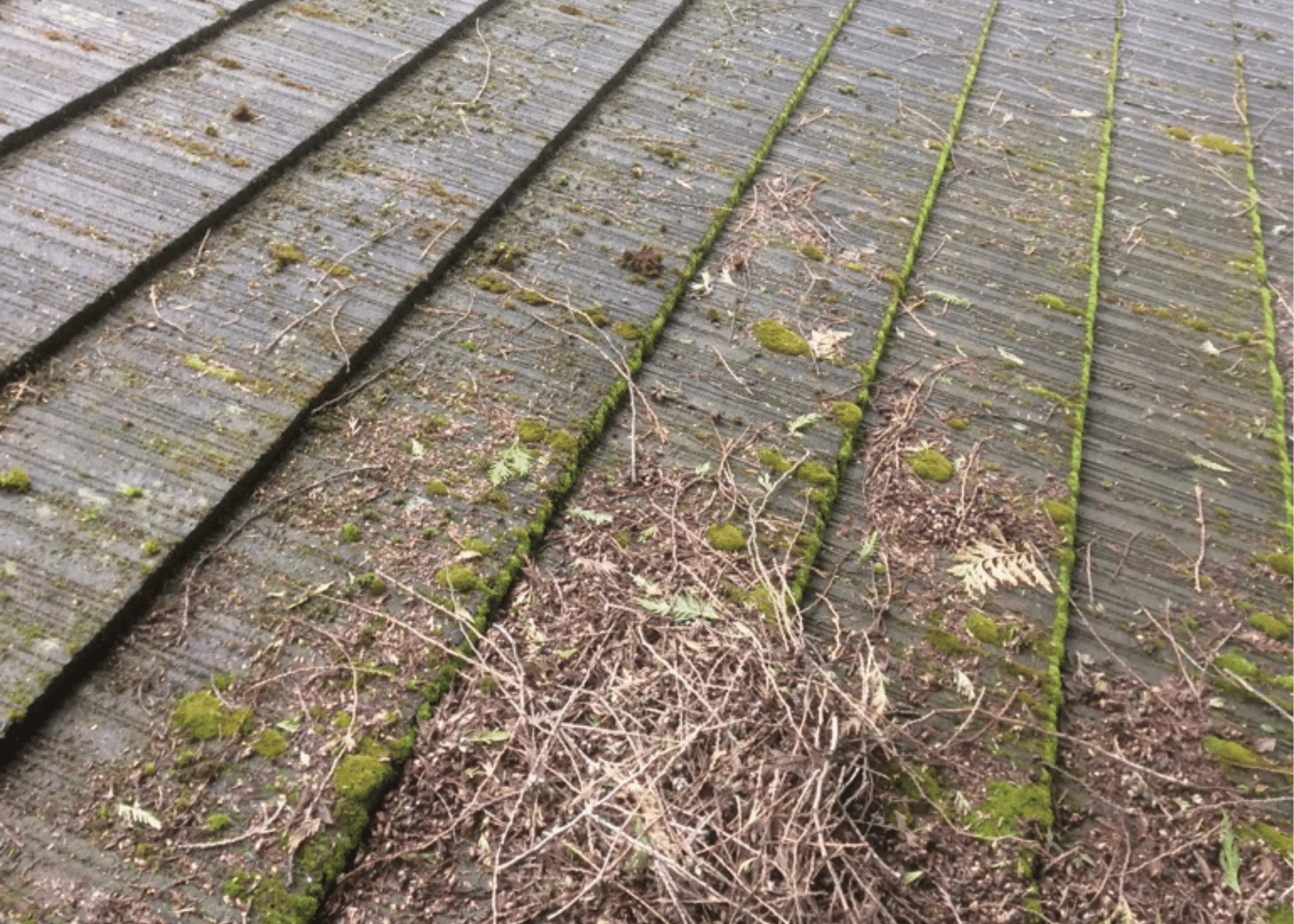Some things are just “over our heads.”
Like roofs.
You always think your roof will keep the elements out, and most of the time it does.
But if neglected, the elements will invite themselves in like unwanted guests, and trash your place.
Here are a few simple roof maintenance tips:
1) Inspect your roof often
A semi-annual inspection, spring and fall, and after a severe storm, will keep you informed about the condition of your roof, and any damages since the last inspection.
2) Look for missing or broken shingles.
Check the entire roof for shingles with corners curled or broken off. Visible nails from the layer below can allow water penetration. DIY: Cover with a patching compound such as tar, until the roof can be repaired by a professional roofing company.
3) Make sure gutters are clear.
The gutters are possibly the easiest fix for your roof, but have the potential to cause water ingress. If the gutters are clogged with leaves and debris, water cannot flow down the downspout, and may enter the home.
4) Check metal flashing
Metal flashing is used to provide a water-tight barrier at the edges of your roof and around protrusions such as brick chimney’s or skylights. Check the condition of any caulking.
5) Ensure adequate ventilation
Attic ventilation is essential to your roof system. Your attic space should be the same temperature within a few degrees. It is important to have open soffits to allow cool air to enter your attic and push out warm air through the roof peak vents. With adequate insulation and ventilation your home will be cooler in the summer and warmer in the winter.
6) Remove any moss or plant growth on the roof surface
Humid environments are ideal breeding grounds for moss and algae. Gently sweep off new moss, being careful not to remove the shingle aggregate. Older moss will require removal by a professional cleaner. Left untreated can damage the roofing material and shorten the lifespan.
Follow these simple tips to keep the roof over YOUR head.
